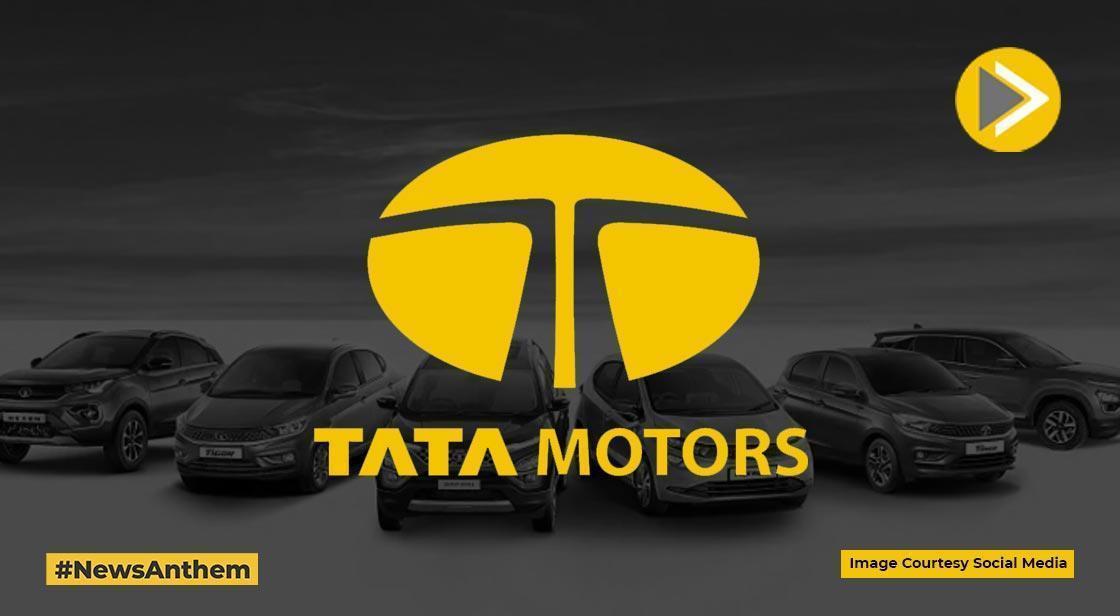Tata Motors Plans Major Revamp of Vehicle Platforms

News Synopsis
Tata Motors is set to undertake a major overhaul of its passenger vehicle architecture, aiming to cut costs, improve scalability, and enable quicker rollout of next-generation vehicles, especially in the electric segment. The automaker plans to consolidate its multiple vehicle platforms into fewer, more modular and lightweight ones, allowing for more flexible development and production efficiencies.
Consolidation of Platforms to Drive Scale and Efficiency
At present, Tata Motors operates on approximately six different vehicle platforms, some of which are derivatives of legacy platforms. These include platforms like X1, ALFA, Omega, and ATLAS, serving a wide range of products from the Nexon to the Harrier.
However, in a bid to streamline operations and boost economies of scale, Tata plans to reduce the number of platforms to just 2-3 architectures over the coming years. This consolidation will support a more agile product strategy, including multi-powertrain flexibility (ICE, EV, hybrid).
New Avinya Brand to Lead Platform Transition
The shift will begin with the launch of the Avinya-branded premium EV, scheduled for 2026. This product will be built on Jaguar Land Rover’s Electrified Modular Architecture (EMA), which Tata Motors has licensed for use in its upcoming high-end EVs.
EMA will serve as the foundation for next-generation electric-only models, offering benefits like ultra-lightweight construction, high safety standards, and modular design for multiple body styles.
Shailesh Chandra Confirms Platform Convergence Strategy
Shailesh Chandra, Managing Director of Tata Motors Passenger Vehicles and Tata Passenger Electric Mobility, confirmed the transition plan, stating:
“Right now, we have multiple platforms which have to transition and converge to one platform for a certain set of products.”
He also added that the platform convergence will unfold over the next five years, coinciding with the scheduled product life cycle updates of existing models.
Legacy Platforms: Nexon, Tiago, Tigor Due for Lifecycle Changes
Tata’s bestselling models like Nexon, Tiago, and Tigor currently run on the older X1 platform, which dates back to the Indica era. These products are expected to undergo significant updates or be entirely reengineered as part of the transition by FY26–FY30.
Meanwhile, newer models such as:
-
Altroz and Punch are based on the ALFA and ALFA-ARC platforms
-
Harrier and Safari are built on the Omega platform, derived from Land Rover’s D8 architecture
-
Curvv and Sierra (upcoming) use the modular ATLAS platform
Investment in Lightweighting and Modular Engineering
Chandra highlighted Tata’s focus on investing in platform lightweighting and strengthening body structures across the portfolio. The company plans to enhance the ALFA architecture to support more robust and efficient future models, while also refining the Omega platform to retain competitiveness in larger SUVs.
A potential third modern platform may be introduced in the future to support specific segments, though the ultimate goal remains to simplify the product base.
Tata-JLR EMA Deal for Avinya EV Line
In November 2023, Tata Motors signed an agreement with Jaguar Land Rover to license its EMA platform. This platform will power Tata’s premium Avinya EV range, positioned to compete in the luxury electric space.
The EMA-based products will enable Tata to leap ahead in EV technology with:
-
Dedicated electric underpinnings
-
Faster charging
-
Longer range
-
Autonomous driving readiness
Massive Product Rollout and EV Expansion
Tata Motors has committed to investing ₹35,000 crore over the next five years into its passenger vehicle (PV) and EV segments. The roadmap includes:
-
30 new models by FY30, with:
-
7 new nameplates
-
23 facelifts or refreshes
-
-
A total of 15 product nameplates, rivaling Maruti Suzuki’s current lineup
Distribution and Brand Strategy Under Review
Currently, Tata Motors sells all its products through a unified retail network. However, the company is considering splitting distribution between its EV and ICE portfolios—similar to how Maruti Suzuki separates Arena and Nexa channels.
Chandra mentioned:
“While I cannot give a confirmatory answer, separation of distribution—and possibly branding—is under active consideration.”
Tata aims to expand from 1,100 EV sales points across 230 cities to a presence in 1,000 towns and cities over the next 4–5 years.
Conclusion
Tata Motors' platform overhaul is a pivotal move to ensure the brand remains cost-efficient, technologically advanced, and globally competitive. As the company moves toward multi-platform integration, modularity, and electrification, it is clearly positioning itself as a dominant player in India's evolving mobility landscape.
You May Like









